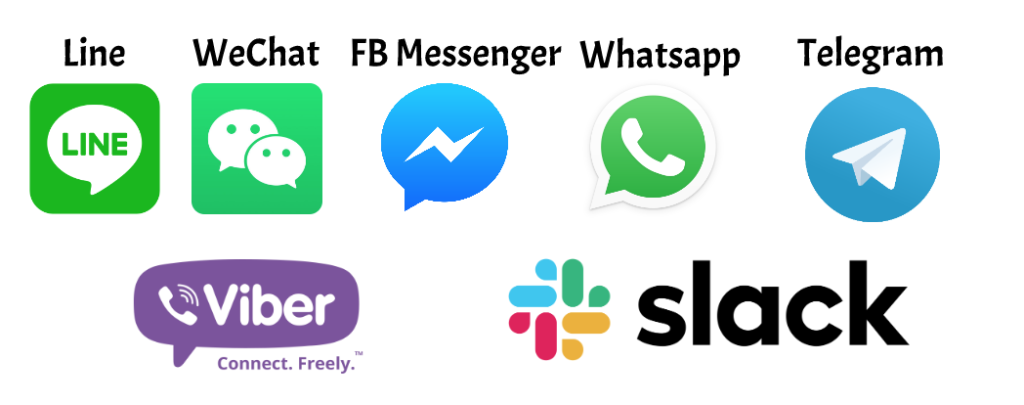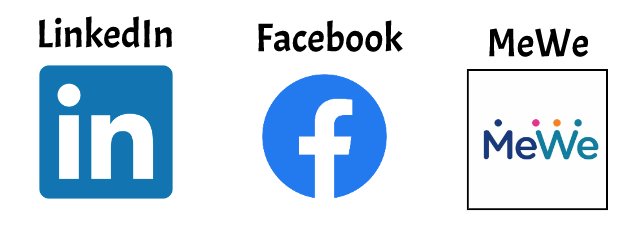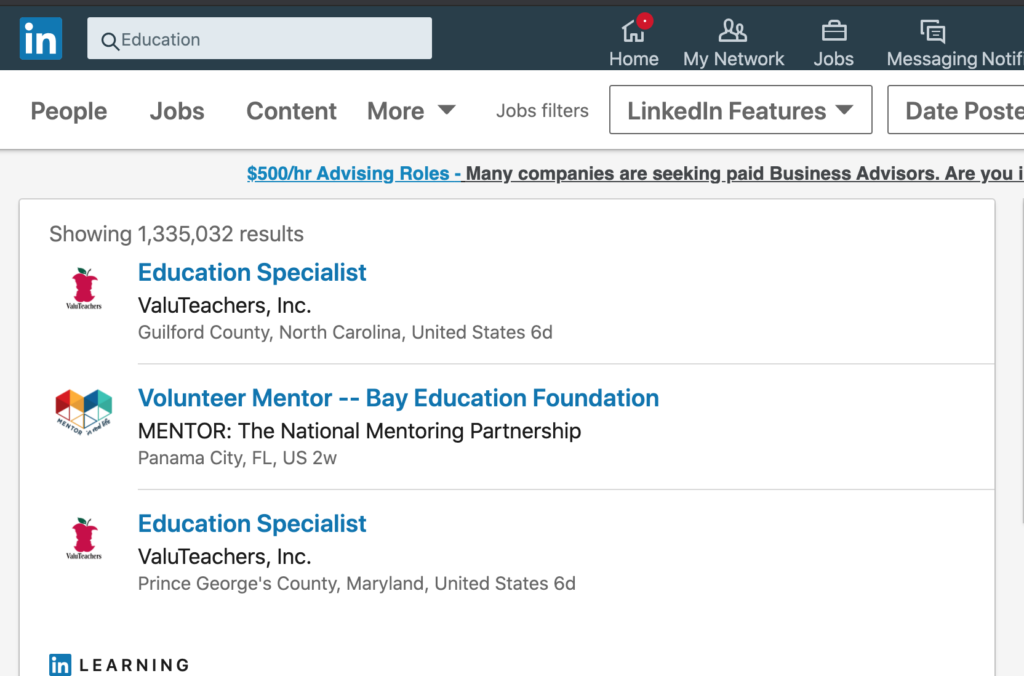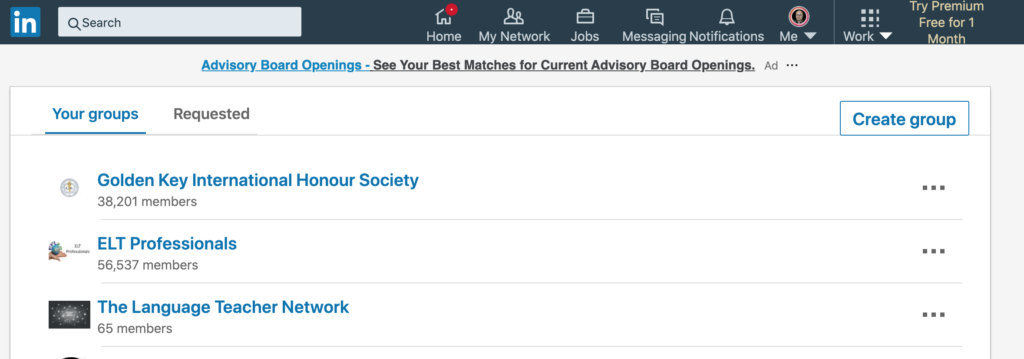Web 2.0 Tools for Professional Development

As we move more into the world of online learning and teaching for students, it is becoming apparent that teachers are also needing to move online for their own professional learning. This is evidenced by the number of conferences that have exploded online this summer. Many teachers are now participating in these conferences via video over IP applications such as Zoom and Google Meet. These types of conferences are fantastic, however, there are many ways educators can professionally develop themselves that are far more impactful than only attending webinars and conferences. The International Professional Learning Network Association (IPLNA) has laid out a set of beliefs regarding professional development that I feel are pertinent to this discussion. I have included them below.

- Professional development should be relevant to the teacher.
- Professional development should be in the “Now” current in content and skills.
- Professional development should impact the pedagogical practice of the educator
- Professional development should be a collaborative practice involving a network of educators.
- Reflective practice is a key component of effective professional development.
- Professional development that is teacher-driven will be more effective.
- The ultimate goal of professional development is a better learning environment for students.
- Web 2.0 tools have the ability to assist educators and administrators in their process of learning.
- Ultimately, professional development is not something that is done to a teacher, but something the teacher takes responsibility for.
- Professional development can be more effective when intentional action is taken by the educator.
These statements were taken from IPLNA.ORG.
I agree with all of these statements and would like to focus on the one regarding the use of Web 2.0 tools. I wanted to discuss the various tools available for teachers and offer my perspectives about what they are good for. It is important for educators to be aware of various tools and learn how they can assist them in their own professional development. Before we move on with this discussion, I think it important to consider also this statement from above, “Ultimately, professional development is not something that is done to a teacher, but something the teacher takes responsibility for.” Once we as professional educators, understand this vital point, we can begin taking the necessary intentional action needed to help make the professional development we participate in more impactful.
This is a new understanding that my wife has recently taken to heart. She has attended so many webinars and conferences this summer. However, she has also taken her own professional development one step further by becoming increasingly active in various forms of social media and messaging applications in a professional manner. In this way, she can have deep meaningful conversations with other educators about pedagogy and other tips and tricks to improve her craft. She has joined groups in WeChat and has begun to connect with other educators on social media apps including LinkedIn and Facebook. However, since much of the professional groups she is a part of are in messaging apps, she is now trying to consider what other options are available, as she has discovered that there are pros and cons to the platforms she is using. As she shared this with me, we got into a great discussion about how different apps are better for certain things, which has inspired me to write this post.
It is important to understand that not all platforms are good for everything and that using Web 2.0 tools for professional learning may require using different tools for various purposes.
Messaging Apps
There are many messaging apps available that are very useful for connecting with others. WeChat, Line, What’s App, Viber, Slack, and FB Messenger are all regularly used applications. What is great about these types of apps is that people can connect with each other and have conversations over these platforms. These tools are great for sharing ideas, pictures, videos, and files. Many of them also allow audio chatting. This can allow users to have a deep meaningful spoken conversation either synchronously or asynchronously.
Messaging App to Try

Hot Mess
Many messaging apps also enable group chats to form where a larger number of educators can connect in one chat room. At first, this might seem like a fantastic idea! Imagine all of these great educators sharing with each other! I can’t argue, this is a fantastic thing to hope for, however, as anyone who has used these apps are aware, this type of chat room can quickly turn into a confusing, unorganized mess of messages.
Imagine that you were busy and didn’t have time to check your favorite group on What’s App or WeChat, first thing you need to do is scroll up to the point where you were last in the chatroom. Luckily, many apps make this easy with one click! You see an amazing discussion begin and are very interested in the conversation, however, as you scroll, another member posts something off topic, you keep scrolling and the topic has changed….oh wait, there is another post about the first topic….wait, another about something completely different and then one more about the second topic…I think you get the picture. Now add in the difficulty of adding your own thoughts to the initial conversation and we have a hot mess!
While messaging apps are great communication tools, they are not the best space to have meaningful conversations with a large group of people. Don’t get me wrong, they are useful and fantastic tools for staying in contact with people you might have met at a conference or other educators that you want to talk with one-to-one or in a small group. Luckily, the world of Web 2.0 offers us many other options. So what do I recommend?
Social Network Groups
Social networks have taken over the world. They can be used for good things and for bad, just like any other tool, however, today we will focus on one of the good ways social networks are helping our society. In my doctoral dissertation, I defined social networks in the following way
“Social Networks: have been defined by Boyd & Ellison, (2007), as a service on the Internet that has three main features which are used to make and maintain connections to other people either with whom they have a face-to-face relationship or with complete strangers.”Doak, Shannon H., “Social Media as a Personal Learning Network for Professional Development: Teachers in International Schools Use and Perspectives” (2018). Boise State University Theses and Dissertations. 1379.
10.18122/td/1379/boisestate
Social Networks to Try

Social networks are fabulous tools that, just like messaging apps, enable users to connect and communicate with other people. They also enable groups to be formed around specific topics just like messaging applications. However, they have a different organizational structure than messaging apps. Instead of the single stream of text messages, links, and audio messages that are disconnected from topics social networking groups allow topics to be organized into specific areas on the stream. This makes it easy for people to follow along with a certain topic and add their own thoughts and ideas to the conversation.
These specific areas are known as posts. When someone creates a post they can include images, audio, video, and documents just like in the messaging app. What makes this organizational structure better for deep and engaging conversations is that when the post is created other users can respond and their response is connected to the original post. The conversation is no longer disconnected and random (no hot mess). This makes for a more efficient way to interact and learn from your connections.
Many social networking platforms have the ability for users to join various groups around very specific topics. Users can even search for specific topics to find pertinent groups to join.

Another great feature of social networking groups is that many also allow users to create their own groups.

Either way, groups in social networking platforms provide a fantastic space for educators to connect, share resources and ideas, and have deep meaningful conversations around pedagogical practice.
Conclusion
In conclusion, I would like to reiterate. Messaging apps are great for connecting to individuals and small groups to do all of the things mentioned above that will help educators make their professional learning more meaningful. Groups on social networks provide an excellent space for individuals to connect and do everything that can be done on a messaging app, however, because of their structural organization they are better for larger groups of people trying to connect and learn about a particular topic.
Dr. Shannon H. Doak
This post was first published at the following blog. https://www.drshannondoak.com/2020/07/15/web-2-0-tools-for-professional-development/